Almuñécar is a Spanish family holiday destination on the Costa Tropical in Granada province, Andalucia, Spain
By Nick Nutter | Updated 25 Aug 2022 | Granada | Villages |
Login to add to YOUR Favourites or Read Later
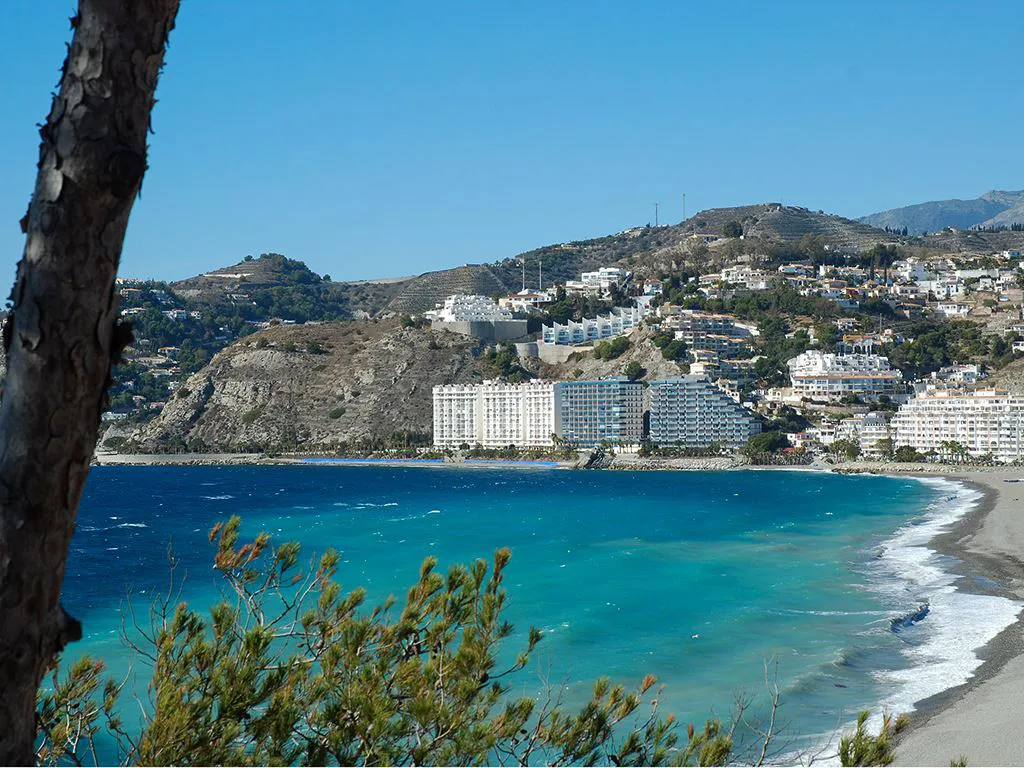
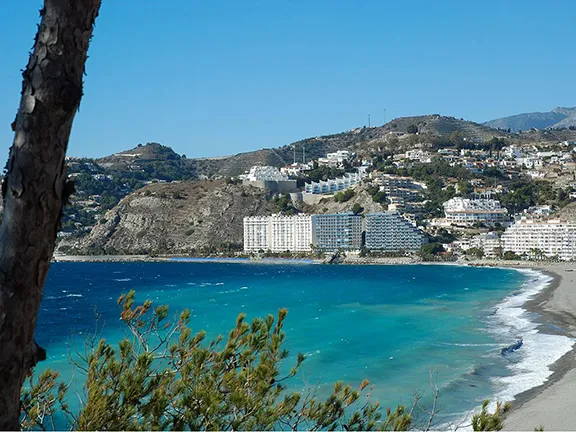
The western beach
For many years Almuñécar has been a favourite holiday destination for Spanish families. With two long beaches, plenty of fish restaurants and beach bars plus the usual mix of International restaurants you are never short of places to eat or drink. One of the reasons Almuñécar is popular is that many of its bars carry on the tradition of a drink and a tapas. Today there is much more to Almuñécar than sun, sea and sangria.
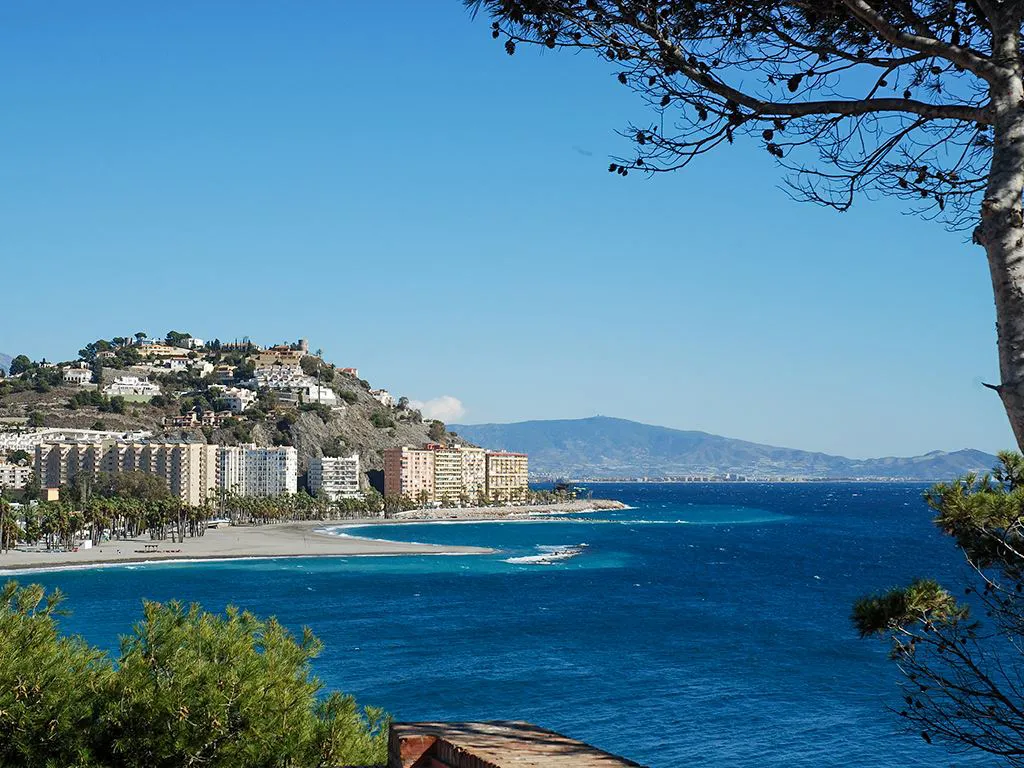
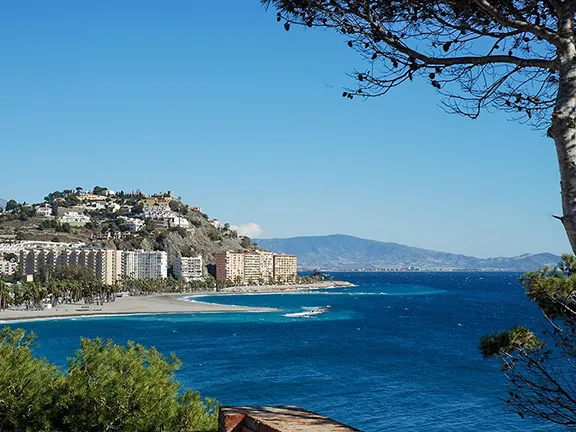
The eastern beach
Increasingly Almuñécar is becoming more attractive to foreign resident tourists although, so far, it has managed to stay off the tour company destination lists, and to find out why it is appearing on the tourist map, there is no better way than to take a tour of the town.
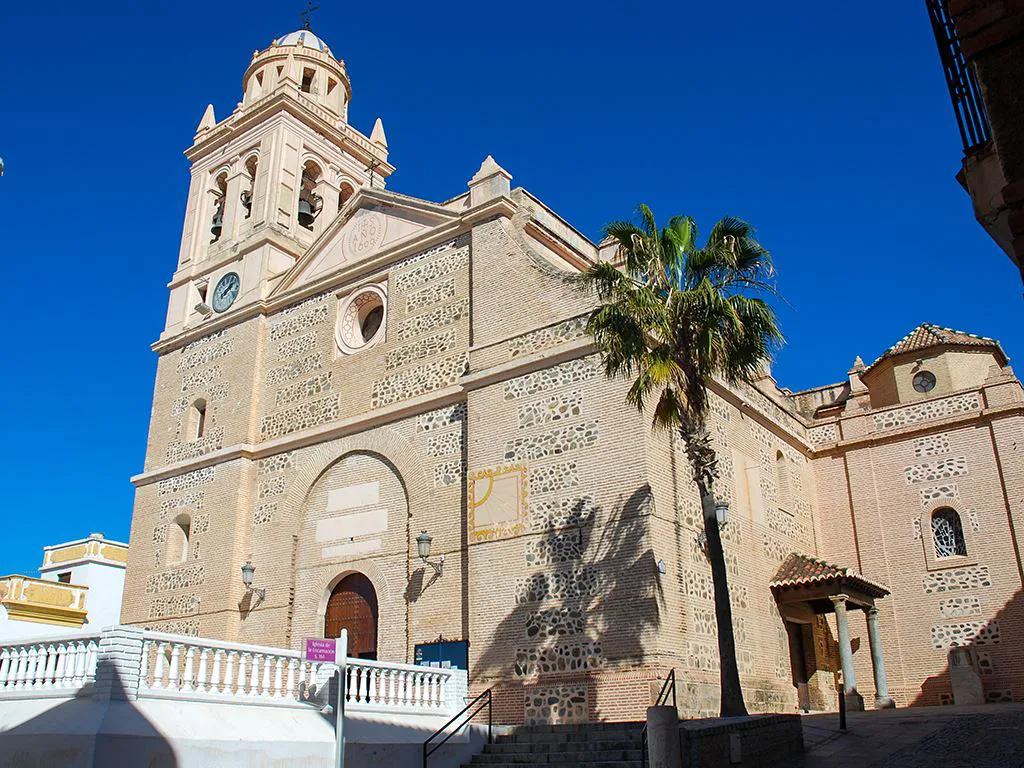

La Iglesia de la Encarnación Almunecar
The tour starts at Plaza de Kuwait. Here you will find the tourist information office with helpful staff that speak many European languages. Just outside the tourist information office is the most modern and largest aquarium in Andalucia.
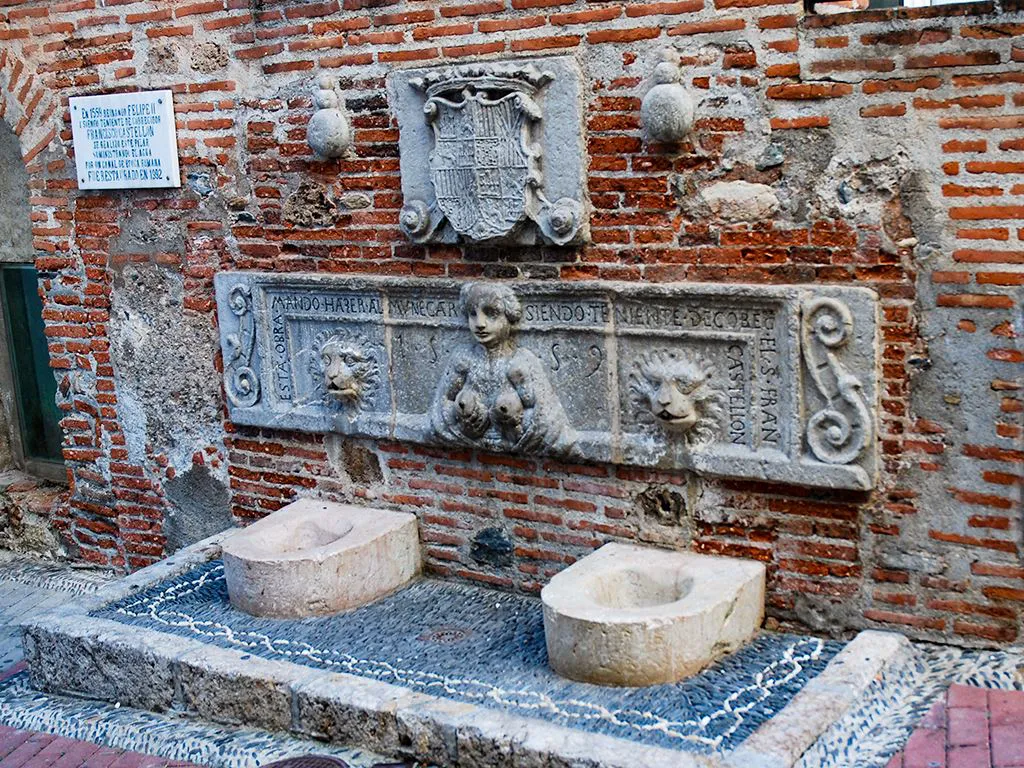

16th Century Fountain
The aquarium consists of 18 separate, large, tanks. Within those tanks there are over 3000 specimens representing 270 species of fish found in the Mediterranean. Watch out for the graceful sea horses and the delicate jellyfish. The most impressive feature is the oceanarium. This holds 1 million litres of seawater. A 17 metre long viewing tunnel takes you beneath the waves for fish eyed views of grey and bull sharks gliding overhead.
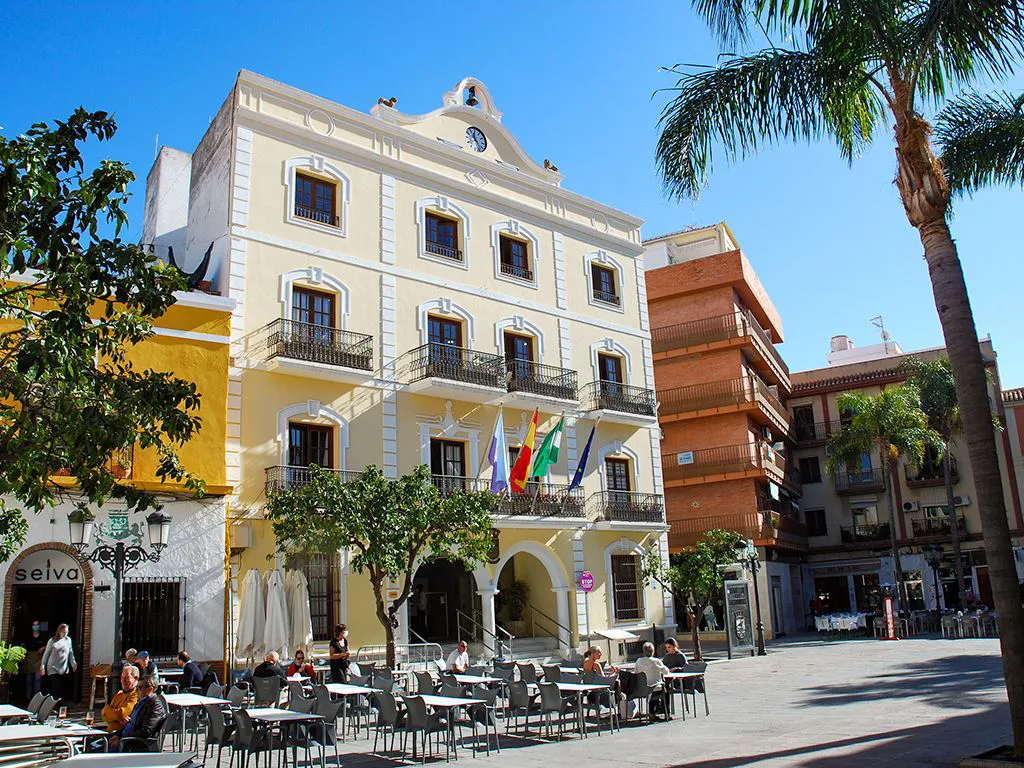
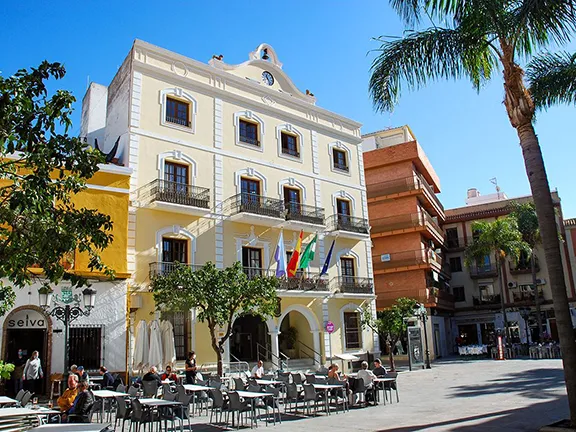
Ayuntamiento Almunecar
From the aquarium, it is a short walk to El Majuelo Botanical Park where you can see species of trees and shrubs collected from all over the tropics. Within the park are species of Sabal Palm collected from diverse places such as Cuba, Florida, Central America, the Philippines and New Zealand. Living proof that, millions of years ago, all the continents were connected in one giant supercontinent called Pangea.
This is a good place to stop for refreshment in one of the kiosks in the park named after famous cities in Andalucia.
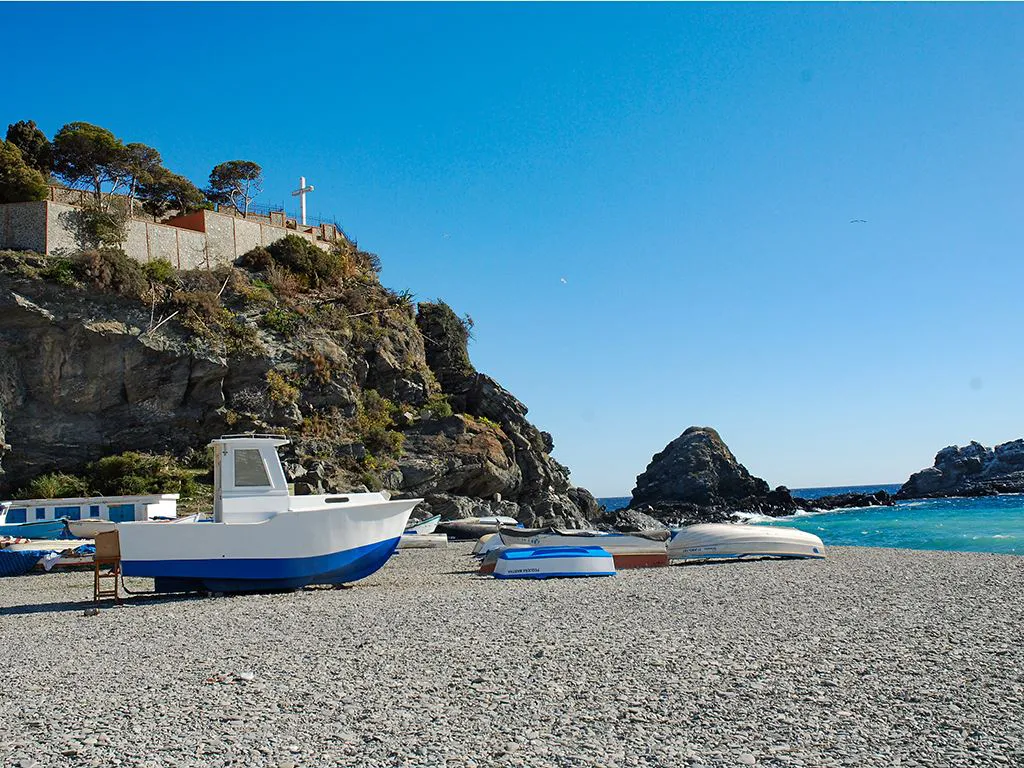
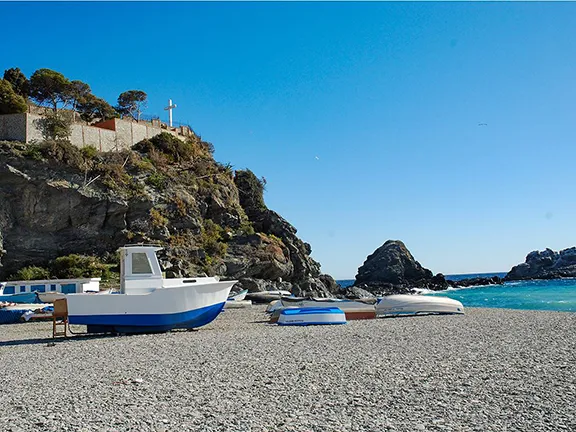
Almunecar beach scene
Almuñécar was an important Phoenician settlement. With Peñon del Santo jutting into the sea only connected to the land by a narrow spit, it conformed to the Phoenician ideal settlement site. In those days the settlement was called Sexi. The Penon is a rocky outcrop overlooking both beaches. Climbing to the top is no great hardship and worth it for the views. The cross on the mirador at the top was erected in 1900 and celebrates the reconquest in 1489.
The Peñon offers superb views of both Almuñécar’s beaches. To the east is Playa Costa Tropical and northwest is Paseo de las Flores. Although pebbly, both beaches have crystal clear, blue sea, ideal for snorkelling and diving. Some of the best spots are beneath the rocky outcrops that protect the beaches on both sides. Both beaches have chiringuitos that range from the hip, white leather sofa, nightclub-style interior, upmarket version to the rustic, wicker awnings, sandy floored more traditional version. All serve fresh sea food and the tapas for which the area is famous.
The Romans left far more trace of their passing than did the Phoenicians. The Cave of Seven Palaces is actually part of a Roman palace built in the 1st century AD beneath the castle walls. The structure was probably unique in the Roman world. At the time the town was pretty well built up. Space was lacking, so, to build a temple to Minerva, the Romans first built a series of arches and vaults over existing dwellings. They constructed a flat platform on top and, on that, they built the temple. The vaults created an area the local people later called caves, hence the name today. Some of the dwellings are still occupied.
In the basement of the ‘caves’ is the archaeological museum. Exhibits include a superb Egyptian vase that dates back to 1600 BC. The vase is sculptured from a solid piece of quartz. It could have been brought to Almuñécar by Phoenician or Roman traders. In any case it must have been a treasured possession.
Alongside El Majuelo Botanical Park is an excavated area with a bridge over the excavations and a walkway around. These are the remains of an extensive fish salting factory. The products from this factory were exported all over the Roman Empire. The most prized product was a fish sauce and condiment called garum. Garum was made by soaking the innards of fish in sea water then allowing them to ferment, resulting in a kind of thick sauce that was believed to have all sorts of restorative powers.
Fresh water was essential and, in Almuñécar, it was necessary to bring it in from 8 kilometres north of the town from an area called Torrecuevas, using an aqueduct. A small section of the aqueduct is preserved in the centre of Almuñécar near the roundabout on Calle Rio Seco. From there the aqueduct led into the urban part of the town and fed fountains from which the public drew their water. One fountain, complete with rude gargoyles is still functioning in a shopping street behind the castle.
The last stop on our tour is the Castillo de San Miguel. The original castle was Phoenician and that was built on by the Romans. The castle seen today was built between the 11th and 14th centuries and restored in the 20th, the castle overlooks and guards the town. Within its walls is the Municipal Museum where you will find models of the town in earlier periods that give you an idea of what Almuñécar looked like in Phoenician and Roman days. It is interesting to see how the sea levels have changed in the last 2,500 years.